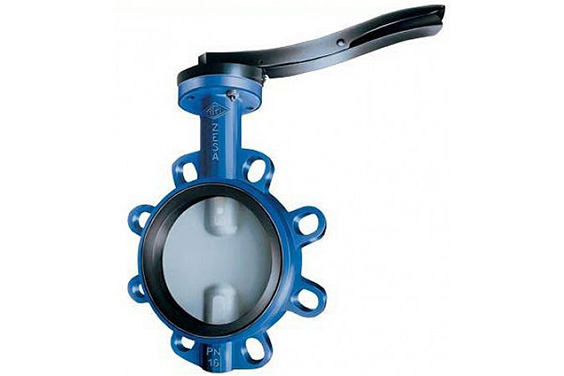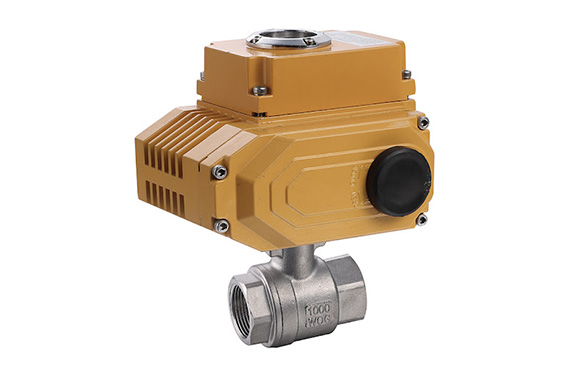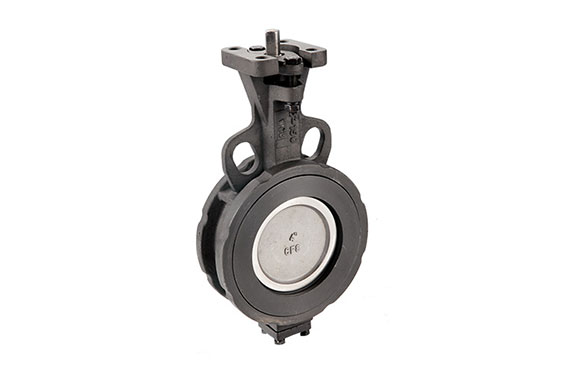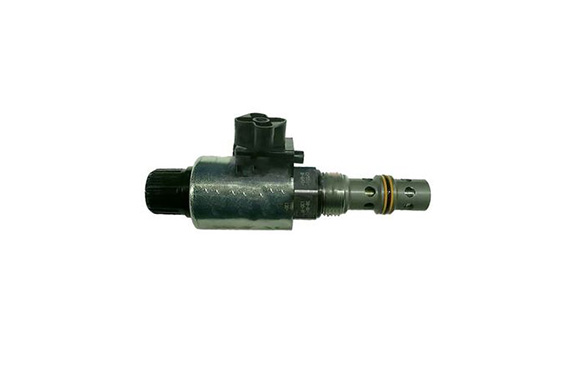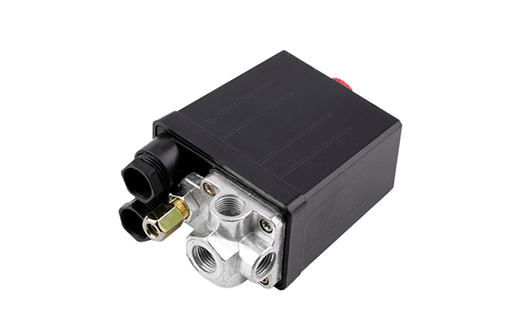Shut-off valves play a major role in the isolation of the specific area, it not allows an effective flow of fluid but also help in the maintenance and monitoring of the piping system. Thus, it is important to choose the type that best suits your piping system since it influences the working of the pipes to a great extent.
Gate Valve and Plug valves are among the shut-off valve mainly used for the efficient functioning of the pipelines. However, both differ from each other in certain aspects.
What Is A Plug Valve?

As the name suggests, the plug valve acts as a plug in the fluid flow. The plug valve is a valve with a quarter-turn rotary motion that controls flow by using a tapered or cylindrical plug. There is a flow channel in the centre of the plug that not only controls the pressure flow but also other features in the entire valve.
The disk has a path for the flow to pass through and is shaped like a plug. This boring passage is in flow while it is in the open position. The solid portion of the stopper restricts the flow when it is turned 90 degrees from the open position.
In situations where speedy operation is necessary, it is utilized in place of a gate valve. It may be applied to high-pressure, high-temperature applications.
What Is A Gate Valve?
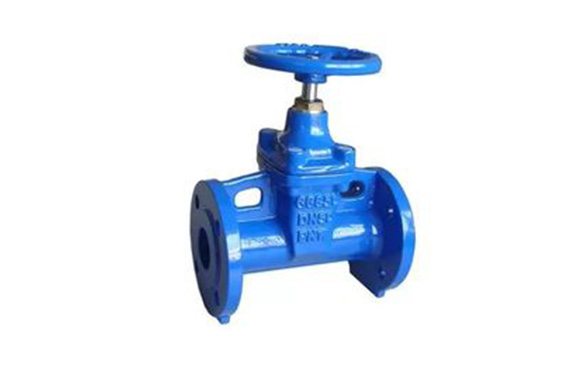
The most typical type of valve used in water delivery systems is a gate valve. It serves as a linear-motion isolation valve and can either halt or start the flow of fluid. Due to its low friction loss, the gate valve helps in the starting and stopping of the flow. However, the flow cannot be modified. The closure part slides into the flow stream to produce a shutdown and, as a result, acts like a gate, giving gate valves their name. Ensure that the valves are purchased only from a popular and reliable gate valve manufacturer to prevent any major issues.
When doing maintenance, repairs, new installations, or water pipeline rerouting, gate valves are utilized to isolate particular sections of the water supply network. It further reduces or completely eliminates the risks such as fluid hammering. The various designs of this valve make it an easier purchase. It works more efficiently in high-pressure systems, in case of the low-pressure systems it requires special kinds of accommodations that might result in the creation of a seal in a pipe. Moreover, the gate valves allow the passage of materials in a straight path by avoiding.
Plug Valve Vs Gate Valve
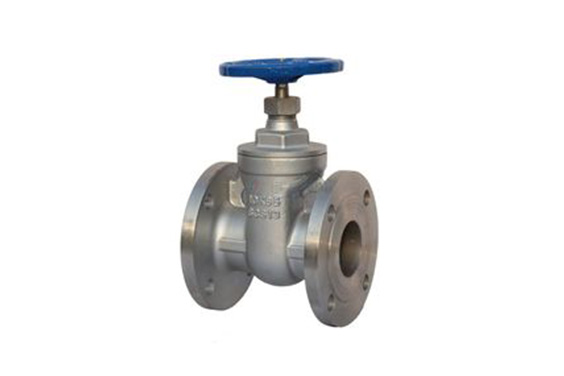
Plug and gate valves get their names from the different ways they let or obstruct flow, respectively. A plug valve makes use of a plug with a hole cut out of it. A gate valve functions similarly to a gate when it is closed; the disc lies perpendicular to the flow and blocks it.
Operational Guidelines
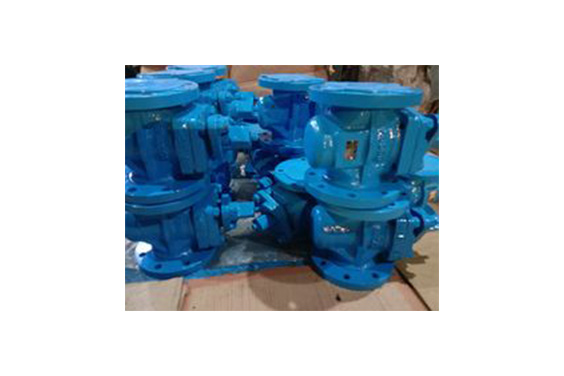
Plug valves are quarter-turn valves, which means that just a 90° turn of the valve stem is required for the valve to fully open or close. The valve’s lever is twisted 90° to do this using mechanical lever activation (electrical and pneumatic actuation are other options). When the plug is turned on, the opening faces the ports, allowing media to pass through the valve.
Gate valves are multi-turn valves, requiring more than 360 degrees of stem rotation to fully open or close. Consequently, a gate valve closes much more slowly than a plug valve. The disc inside the valve’s body can be raised or lowered by rotating the handwheel (mechanical actuation). Media can move freely when the disc is fully raised, but it is blocked when the disc is entirely down.
Design
Plug valve style
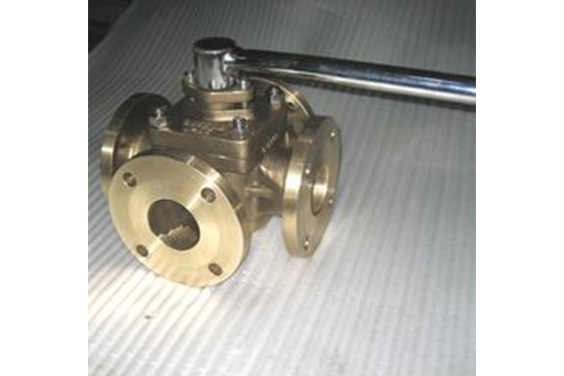
The plug form, plug opening, whether the valve is lubricated or not, and the number of ports are the four distinctive design features of a plug valve.
- Plug form
- Cylindrical: This shape has a smaller lifespan but a larger aperture.
- Tapered: This shape often lasts longer but has a smaller aperture.
- Plug entry
- The most typical aperture shape is rectangular, and it should be at least 70% larger than the inner diameter of the connected pipe.
- Round: The design of this hole can be either full-bore or reduced-bore.
- Diamond: This hole is intended for throttling flow and has a venturi limited flow type.
- Ports
- Double-port: A typical, bidirectional design that can be utilized as a valve with a full or small bore.
- Multiport: 4-way and 5-way plug valves are also feasible but 4-way plug valves are more typical. Transfer lines and services for diverting use multiport plug valves. Multiple gate valves can be replaced with a single multiport plug valve.
Gate valve style
The valve’s disc, the way the bonnet is attached to the valve body, and whether or not the stem is rising are the main design features that set a gate valve apart from others. A gate valve can be operated mechanically, pneumatically, or electrically.
Types Of Disc
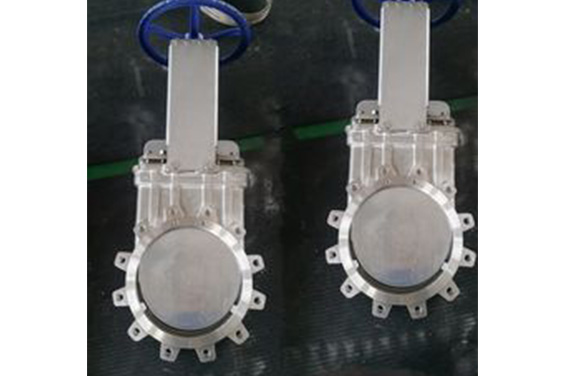
Due to its wedge-like design and two slanted seats, this type offers a strong wedging force that aids in sealing.
- Knife: This kind’s bevelled edge can cut through clumps of dry materials and viscous fluids.
- Double-disc: This type creates a tight seal by using two discs that expand independently of one another.
- Slab: This kind is made of a single piece that has a hole drilled through it. When the gate is fully open, the hole lines up with the ports, permitting flow.
Types Of Bonnets
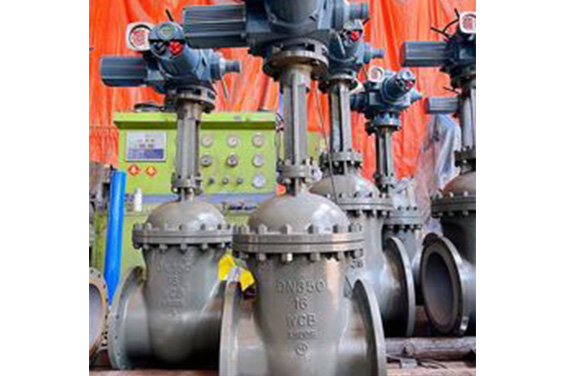
Welded: Because it is threaded into the valve body and the body-bonnet joint is welded, this type is less likely to leak.
Bolted: Applications involving high pressure and big valve sizes are ideal for this kind.
Screwed: The simplest style of bonnet construction, this is typically employed in small-size valves.
Pressure sealed: The body-bonnet joint seal gets tighter as the valve’s internal pressure gets higher. Typically, high-pressure applications over 100 bar employ this kind.
Advantage comparison
Advantage of Gate Valve

In contrast to other types of valves, the gate valve’s body has a straight-through design that does not change the direction of fluid flow, allowing fluid to travel through the valve with no resistance when it is fully open.
Comparatively, gate valves have higher sealing performance. The opening and closing mechanisms of the gate valve are more rapid and practical than those of the shut-off valve.
Gate valves can be utilized in applications involving media such as steam, oil, and other media and are incredibly adaptable. Additionally, gate valves can be utilized in high-pressure and granular-solids-containing media.
Advantage of Plug valve
The plug valve’s benefits include:
The plug valve’s one-piece, top entrance body is designed to be simple, easy to maintain in line, leak-free, and capable of withstanding stronger piping systems.
The plug, which is the open and shut element, is entirely covered by the bushing, keeping the valve body and plug from wearing out.
With the exception of the top and flange and the unprocessed valve body, all of the plug valve parts are one-of-a-kind casts.
Plug valves can be constructed in a number of configurations to suit the demands of the customer, including three, four, five, or six ports, multi-valve groups, jacket kinds, etc.
Drawbacks comparison
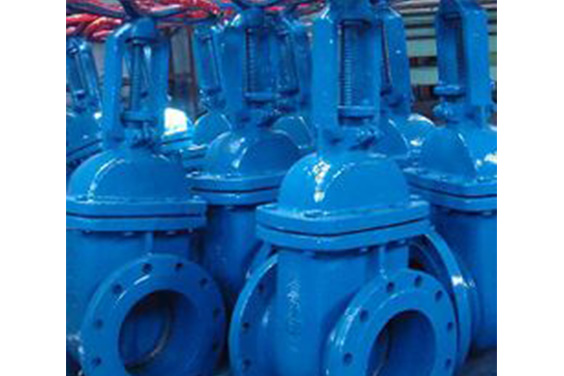
Disadvantage of Gate Valve
The valve plate must be raised to the upper portion of the valve chamber during the opening procedure. The valve plate must settle into the valve seat during closure. The valve plate must travel a fair amount in order to open or close, which causes the process to take a while. Gate valves are unsuitable for applications that call for quick actuation due to this drawback.
Excessive friction caused by the opening and closing motions between the valve plate and the two sealing surfaces of the valve seat may damage the sealing surface.
Disadvantage of Plug valve
The drawbacks of a plug valve:
One could say that the plug valve, on which the ball valve is based, was improved by the plug valve cover sealing design to better meet driving torque requirements. Plug valves require a larger actuator and additional accessories than ball valves when they use pneumatic actuators, which raises the cost of use.
The initial cost of the plug valve is more than the ball valve, but over the long term, due to its high reliability, low overall cost, and other unparalleled advantages, the plug valve is more cost-effective.
Applications Comparison
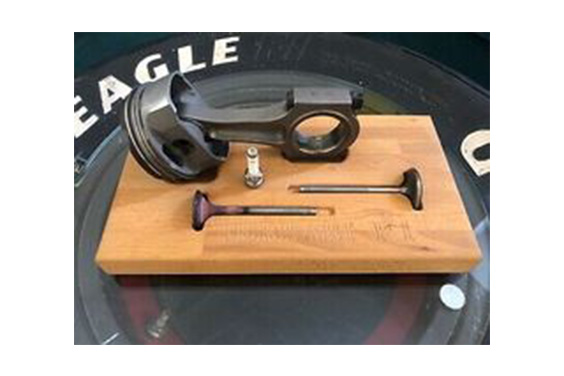
The Plug valves can handle high-pressure systems since they don’t become blocked. They are also capable of handling hazardous and corrosive compounds, which call for specialized upkeep and repair.
Lines of High-Pressure Flow
These plug valves are utilized in high-pressure applications such as coiled tubing, cementing, acidizing, high-pressure/temperature materials, etc. because they can withstand high pressure.
Ahead-Looking Applications
The lubricated plug valves are utilized in this situation since they can tolerate corrosive materials and won’t clog. Due to these circumstances, they require appropriate maintenance at frequent intervals.
Control/Isolation of Flow
The ability of the plug valves to easily seal off and separate the liquids in order to prevent contamination or mixing makes them ideal for flow control and material isolation.
Slurries of coal and oil
Plug valves work well with oil and coal slurries because they don’t clog easily and can handle abrasive types of materials. They are also excellent at control and isolation.
Application of gate valves
Gate valves are used in a wide range of above- and below-ground applications. They are utilized when a free bore and little pressure loss are required. You can use a pipe cleaning pig on a fully open gate valve because there is nothing blocking the flow channel.
Gate valves can be utilized with any kind of fluid, including gas and water. They are suitable for use with potable water, sewage, and neutral liquids at temperatures ranging from -20 to 70 degrees Celsius.
Selection Criteria
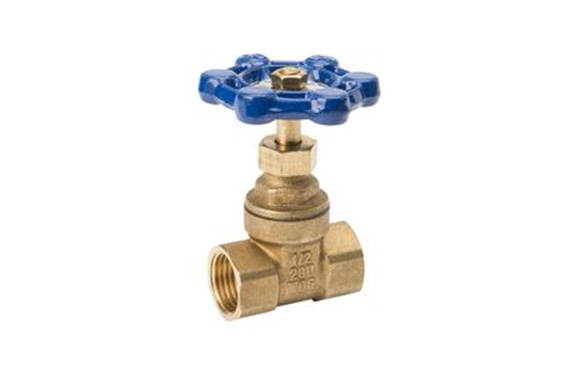
Gate valve
There are several different gate valve types from which you can select. Parallel and wedge-shaped valves are the two basic varieties.
In order to create a tight seal, parallel valves sandwich a flat gate between two parallel seats. A knife gate valve is a type of valve that could have a sharp edge at the bottom of the gate.
Two inclined seats and an unevenly inclined gate are features of wedge-shaped valves. In order to prevent the wedges from becoming caught owing to metal expansion, these are best used in situations with moderate pressure and temperature.
Plug valve
According to the following guidelines, plug valves can be chosen based on their structure and function
- Its operating temperature cannot be more than 300°C when dispersing the medium and altering the flow direction.
- Austenitic stainless steel and tight-type conical plug valves should be installed in the machinery and pipelines of food processing plants, such as those that make milk, juice, beer, and pharmaceutical items.
- The maximum nominal diameter and pressure levels are 300 mm and Class 300, respectively.
- The nominal pressure level for oil field mining, gas mining, pipeline transportation branch pipes, refining, and cleaning equipment cannot be higher than Class 1500.
- In the chemical industry, it is necessary for corrosive media-containing pipes and equipment to open and close quickly.
- The nominal diameter of the pipeline neutralizing equipment for HVAC, gas, and natural gas systems should not be greater than 200 nm, and the gland packing conical plug valve should be used.
Butterfly Valves Explored
Industrial valves are classified according to an operation’s function, size, and usability. They are chosen carefully because choosing the wrong valve means frequent system shutdowns or underperformance.
Butterfly valves are flow regulating devices belonging to the ‘quarter-turn’ family because of their quick function. Its functionality enables quick opening and closing with only a quarter turn. It has an actuator outside the body that can be fixed to an automatic or a remote control mechanism to control the desired liquid flow.
Although the butterfly valve permits unrestricted fluid flow, it induces a pressure drop due to the disc present within the flow. But it is possible to reduce the pressure drop by providing the valve with a streamlined disc profile which gives excellent flow characteristics with a low-pressure drop.
Some of the most common butterfly valves used in industrial pipelines include resilient valves, high-performance valves, and tri-centric valves. While the resilient ones are better suited for low-pressure applications, high-performance ones are ideal for systems requiring higher pressure resistance. The tri-centric valves have a metal seat instead of a rubber one to withstand high-pressure conditions easily.
The working of a butterfly valve is similar to a ball valve, where the media flow is regulated by manually or automatically rotating the lever. Because of their ease of use, butterfly valves are used on all types of ships, domestic pipings, and firefighting apparatus. These valves are used in lube oil pipelines and for large capacity lines, such as forward and seawater suction lines on ships.
A butterfly valve is employed in various fluid services and performs well in slurry applications. It is typically used in various services such as slurry, vacuum, steam, high temperature, high pressure, cooling water, air, gas, and fire protection. Butterfly valves offer weight, cost, and space savings and involve low maintenance costs due to minimal moving parts and the absence of pockets to trap fluids.
This device features a compact design, thus requiring considerably less space than the other valve types. It is lightweight, available in various sizes, offers quick operation as it requires less time to open or close, and includes low-pressure drop and high-pressure recovery.
Using a butterfly valve offers numerous advantages, particularly for large industrial applications. They are easy to install, affordable, energy-efficient, and include low expenses due to the insignificant number of moving parts. Besides, they present investment funds in weight, space, and cost.
Throttling Valves vs. On-off Valves
Pipeline systems are incomplete without industrial valves. These devices are typically used to regulate the media flow. Since they are available in various sizes and styles, they can cater to varied needs across various industries.
Some of the most common types of valves used in industries include ball, gate, diaphragm, check, butterfly, globe, needle, and pinch valves. These devices are classified either as throttle or as on-off valves. It is important to understand both of them to determine which one is suitable for a particular application.
Throttling Valves
Throttling valves are regulator valves used in industrial pipelines to open, close, or regulate the media flow. They are also referred to as regulators or control valves as they feature discs to regulate the amount, pressure, and temperature of media passing through them.
These devices have a higher pressure at one end and a lower pressure at the other to close the valve according to the pressure. They control the media flow using an actuator. When pressure or temperature disrupts the media flow, control valves regulate them and change the flow or pressure conditions to match the required piping system conditions.
A throttling valve is employed in various applications, such as air conditioning systems, hydraulics, refrigeration, steam applications, high-temperature conditions, chemical uses, food processing, fuel oil, and pharmaceutical.
The most common valves used for throttling include globe, butterfly, needle, gate, diaphragm, and pinch valves. But the choice of a throttling valve depends on the particular use. Each throttling valve has its pros and cons. Understanding the purpose of implementing it is vital to narrow down the available choices is vital.
On-off Valves
On-off valves are another type of valve widely used in many industrial applications. They are popular for allowing unimpeded flow or completely shut it off. Nowadays, the most common on-off valves include ball, butterfly, plug, gate, and globe valves.
All of these valves feature a channel cut through them. This channel turns to align the channel with the rest of the line, allowing media to flow through without shutting it off. An on-off valve is typically used in emergencies as it is easy to control them for sudden operation.
While both on-off and throttle valves are useful in industrial pipelines, they can also be used on the same system. One may employ the on-off valve as a backup if the throttle valve fails to function.
Conclusion
We hope this blog helped you understand the basic differences between a plug valve and gate valve. For any requirements related to valves, you can contact SIO, we are one of the beat certificated valve manufacturers in the world.

